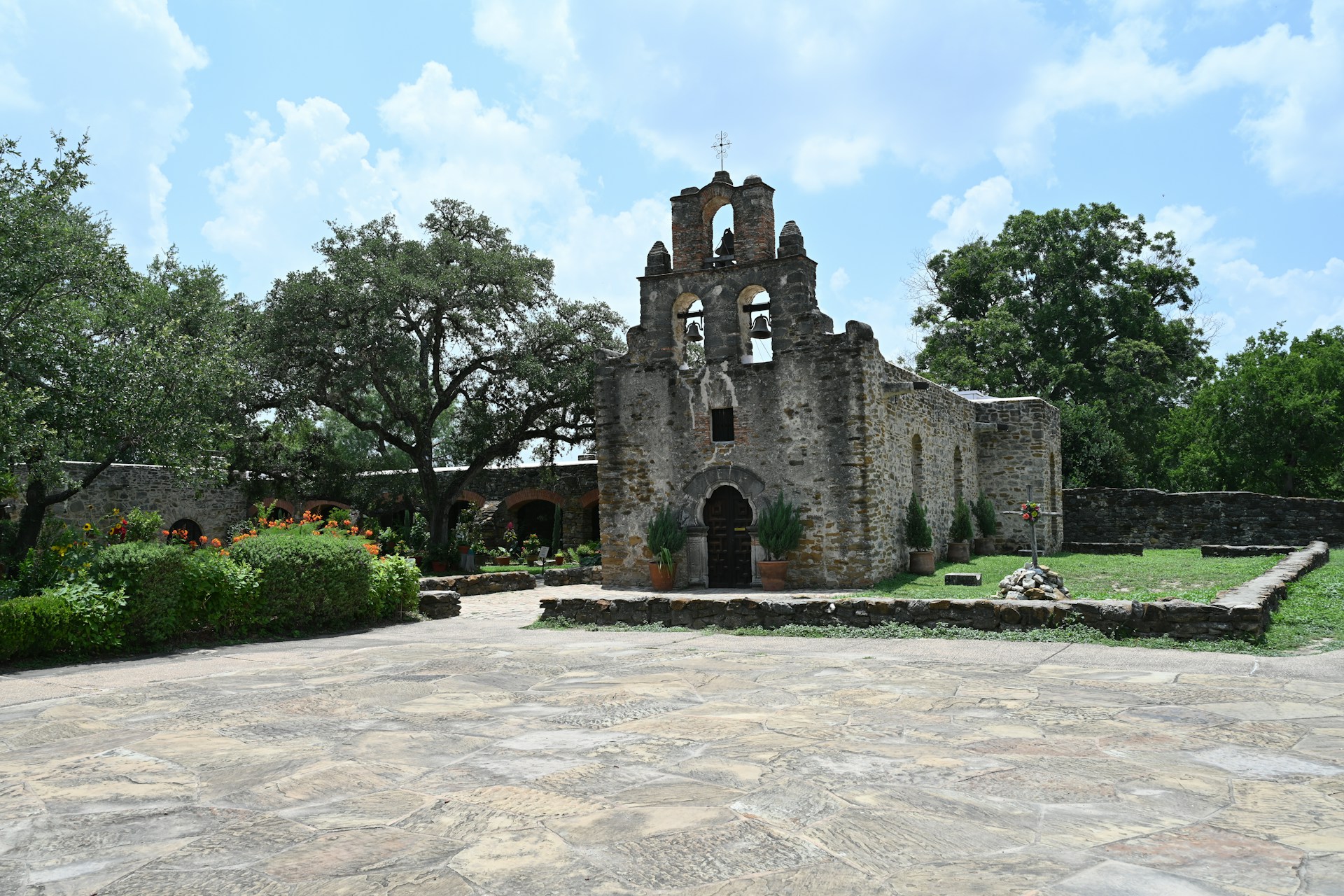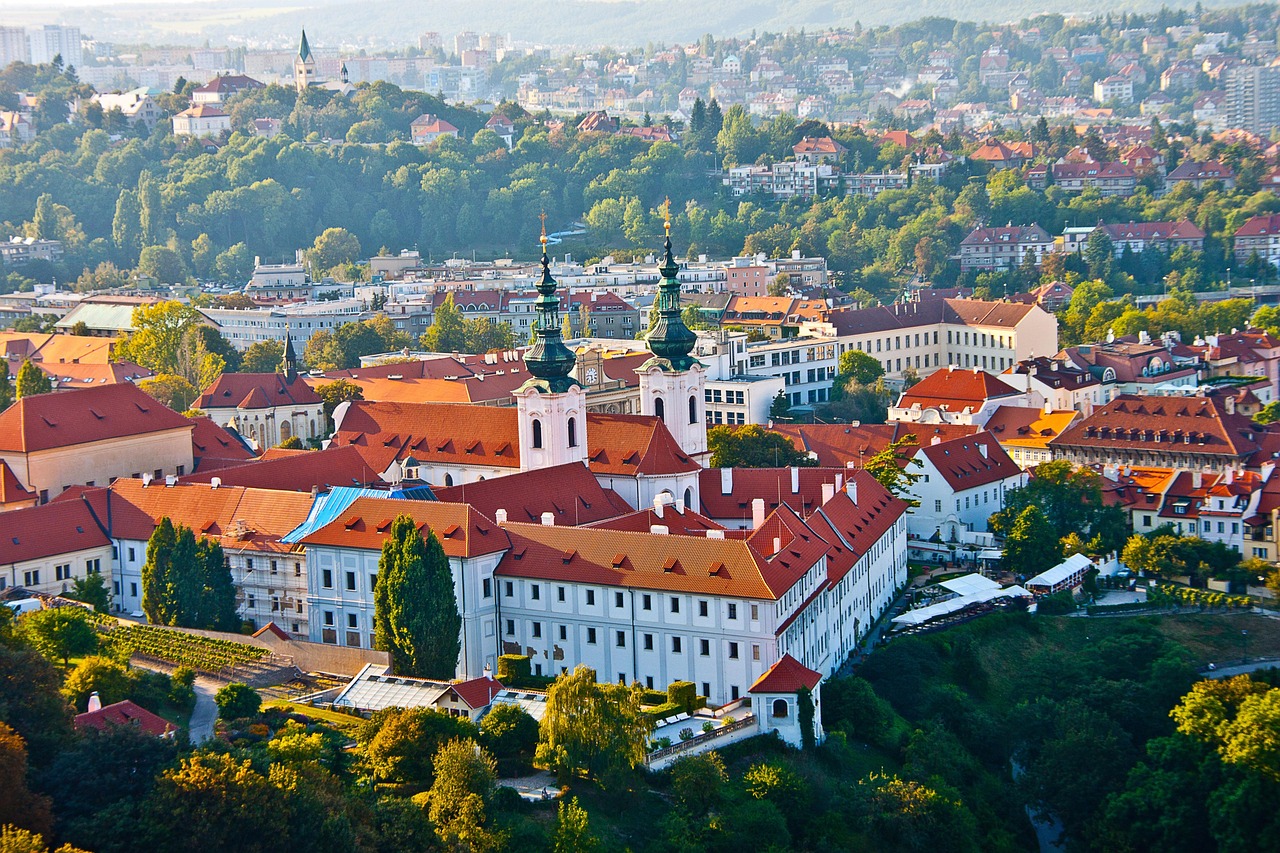Safety shifts block to block, yet some American cities carry persistent risks tied to violent crime, property offenses, and uneven services. Jobs, housing costs, and trauma patterns shape daily reality as much as patrol strength. Headlines rarely capture the gaps between improving corridors and fragile ones nearby. The cities here are often flagged by researchers and residents alike. What this really means is simple. Choosing a home takes context, current data, and time spent walking the streets at different hours.
Memphis, Tennessee
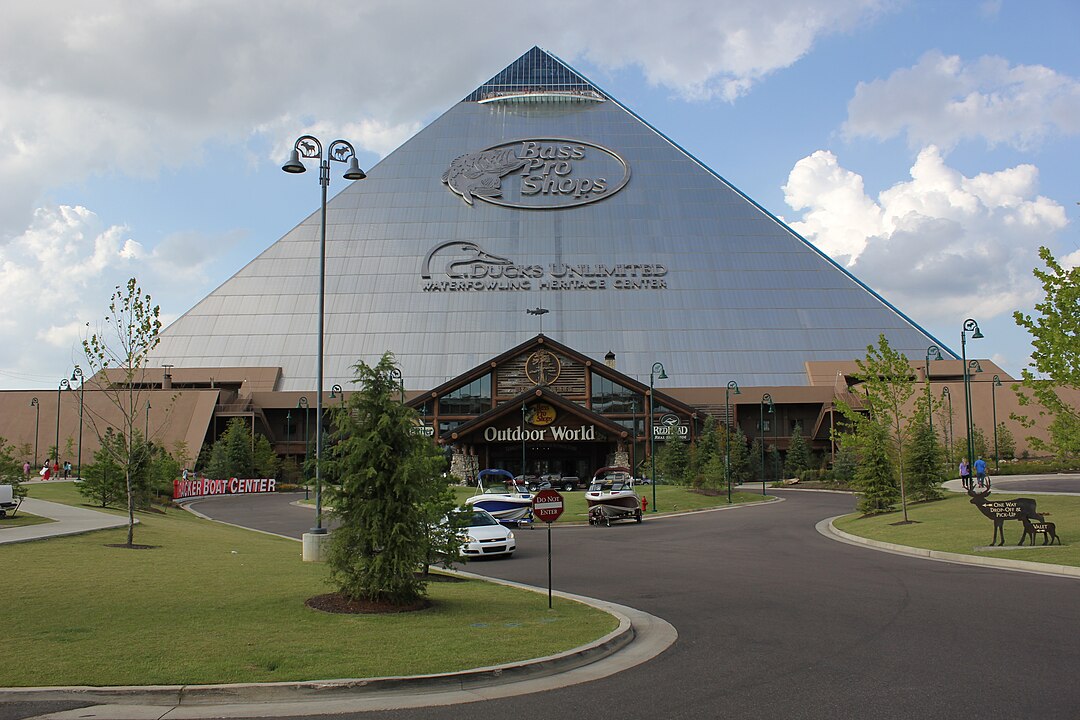
Memphis wrestles with high rates of violent and property crime that cluster around specific corridors and times of day. Gang conflicts, carjackings, and retail theft spikes test neighborhoods already under economic pressure. Some districts add cameras, lighting, and intervention teams, and pockets of downtown feel steadier on event nights. Risk remains uneven, so residents rely on tight networks, short commutes, and well managed buildings. Proximity to work and school matters, as does knowing the streets that stay active after dark.
Detroit, Michigan
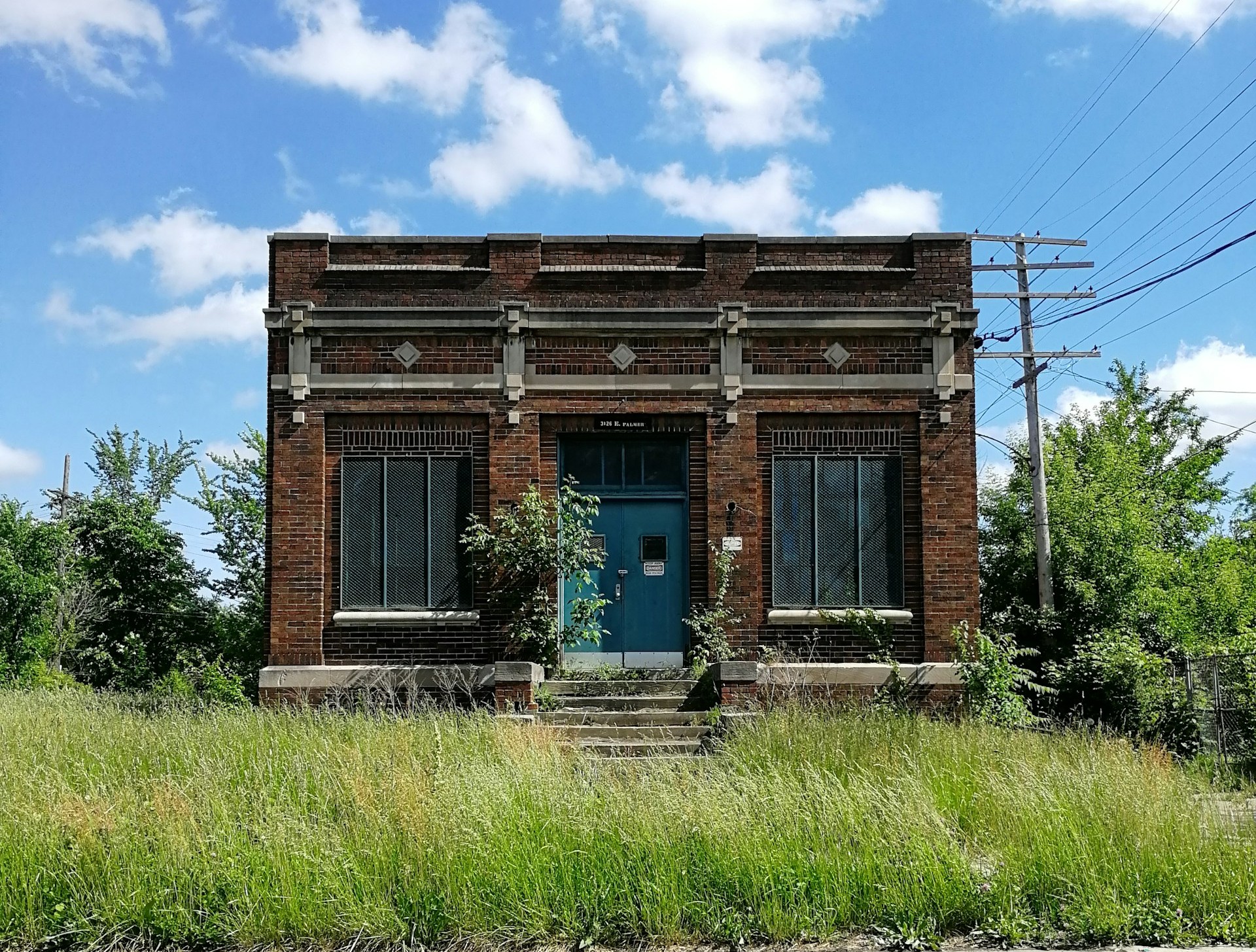
Detroit shows revival along key avenues while assaults and robberies still burden sections with vacancy and poverty. Response times and street lighting vary, and abandoned structures create spaces where nuisance crimes multiply. Where investment concentrates, stability follows. In other tracts, night routines remain cautious. Longtime block clubs, churches, and neighborhood patrols help narrow the gap. Families prize clean sightlines, lit bus stops, and landlords who maintain entrances. One or two turns can change the feel from welcome to wary.
Baltimore, Maryland

Baltimore’s safety picture ties closely to inequality and disinvestment that unfold neighborhood by neighborhood. Focused deterrence, hospital based intervention, and youth programs reduce harm where they take root, but progress is uneven. Robberies and shootings tend to surge in predictable windows, then cool after targeted operations. Residents lean on block associations, local reporters, and community apps to track shifts. Reliable transit, grocery options, and clinics contribute to stability. The difference between two adjacent streets can be dramatic.
Houston, Texas
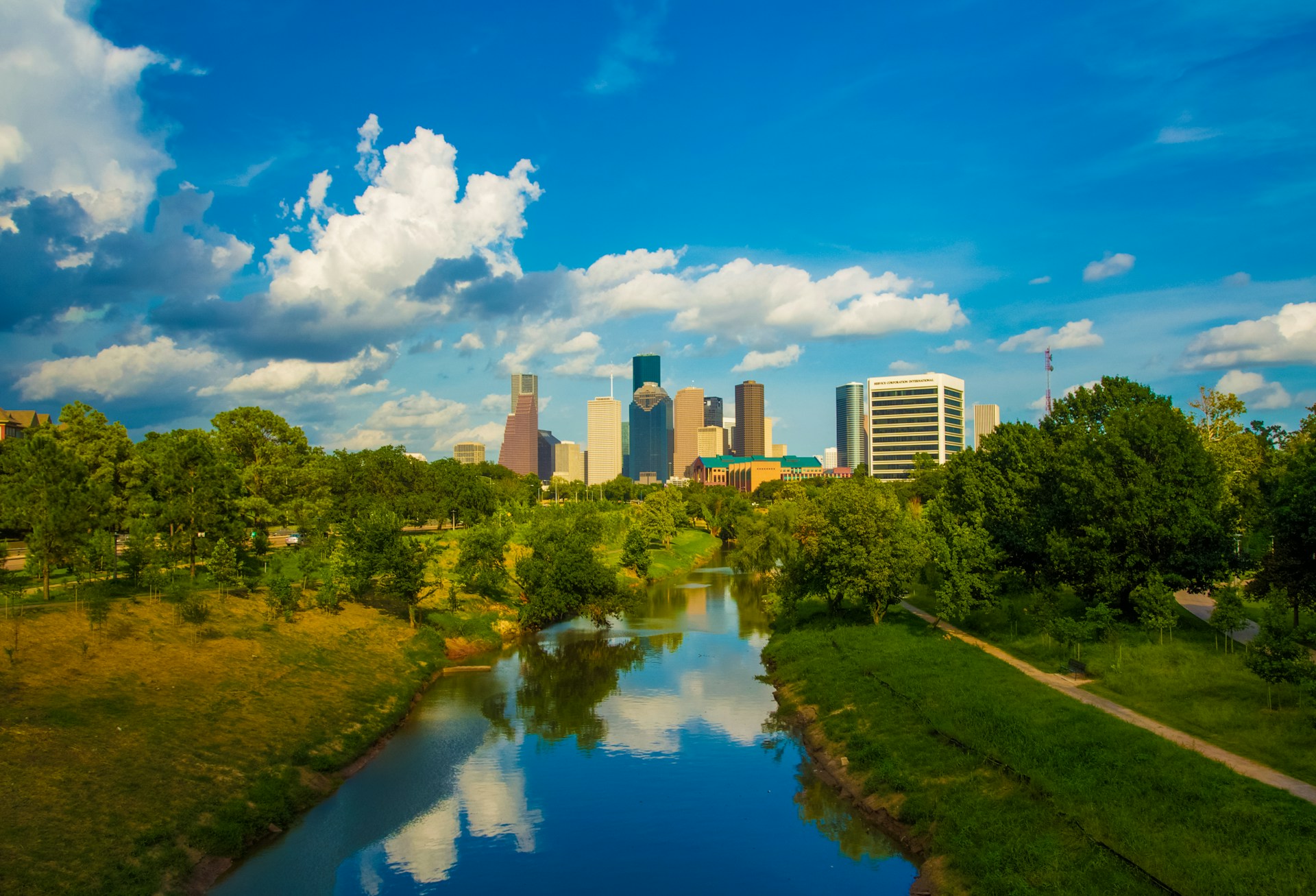
Houston’s size multiplies both opportunity and exposure. Robberies and auto theft clusters follow nightlife strips, park and ride lots, and large retail centers. Covering vast territory stretches police resources, and traffic culture adds risks independent of crime. Stable neighborhoods exist in every quadrant, supported by civic clubs and school anchors. Practical routines help: secure parking, varied commute routes, attention to lighting. Incident maps move with events and seasons, which means yesterday’s calm block may need fresh eyes today.
Nashville, Tennessee
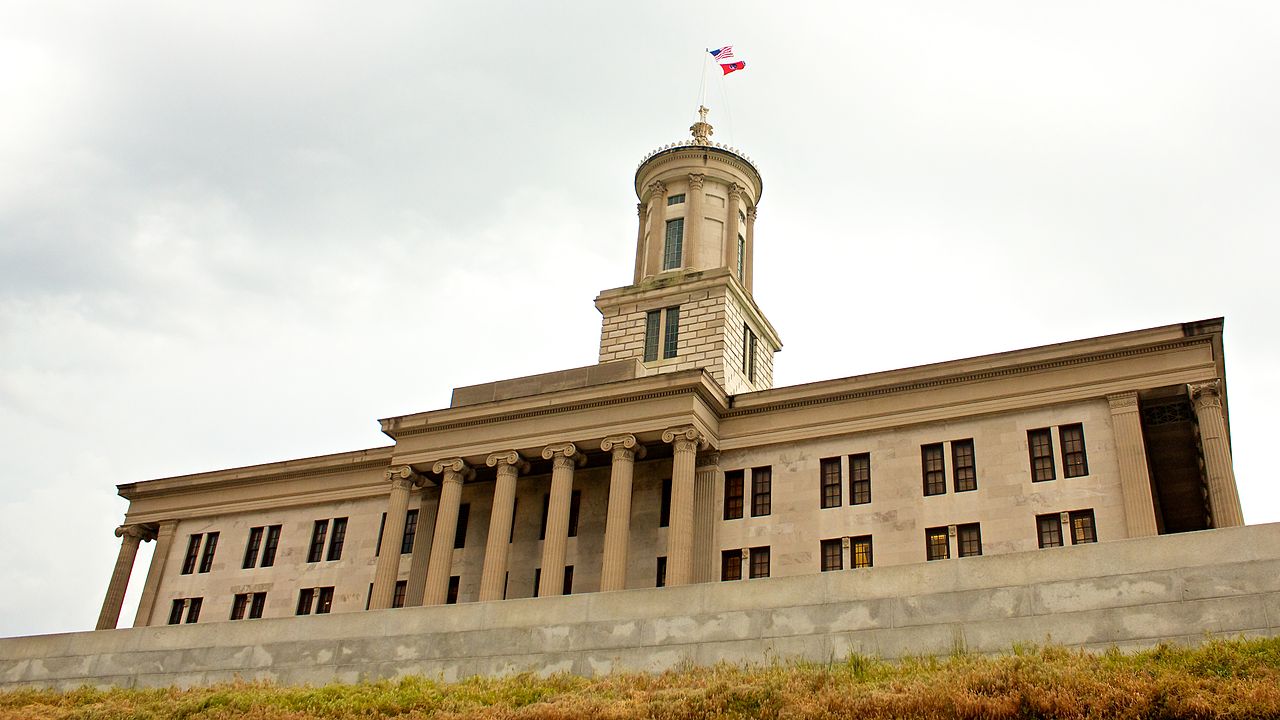
Nashville’s boom years brought crowds, higher rents, and pressure on services. Violent incidents concentrate in specific corridors that feed off nightlife and quick access to highways. New builds improved cameras and lighting, yet displacement can shift problems rather than solve them. Safer daily rhythms favor short commutes, active property management, and neighbors who actually know one another. Entertainment zones can feel festive until closing time, then tense as foot traffic thins. Reading a street after 10 p.m. remains wise.
Philadelphia, Pennsylvania
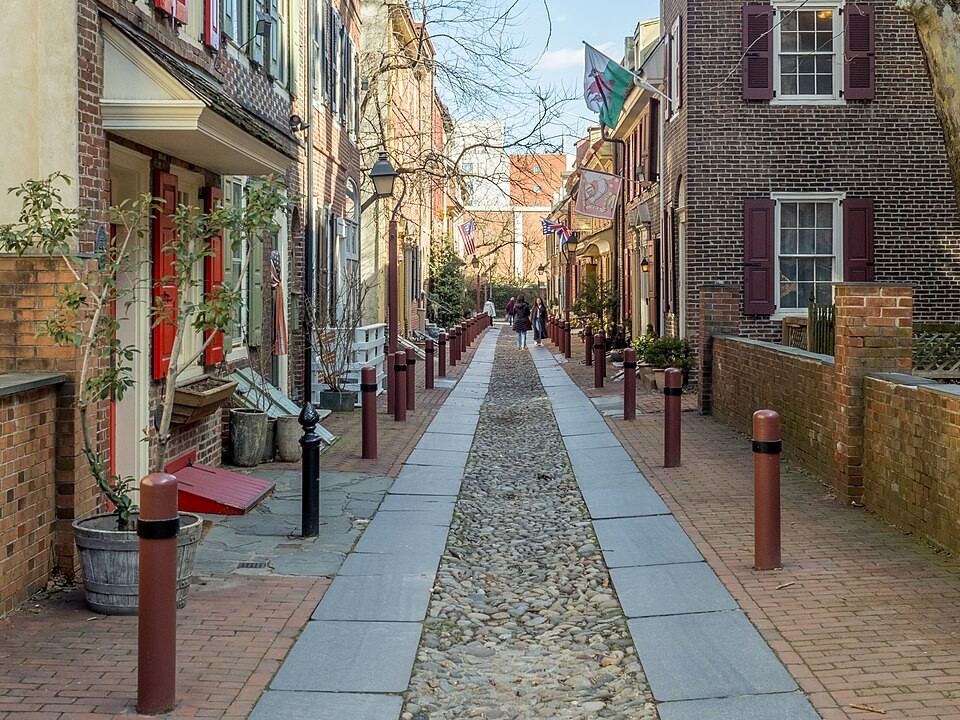
Philadelphia continues to confront gun violence and aggravated assaults that land hardest in lower income districts. City agencies and nonprofits run credible messenger programs and summer jobs efforts with some measurable wins. Safety maps can change within a season, so current data matters more than reputation. Transit presence, lit corridors, and corner businesses help hold ground. Families look for schools with engaged parents, steady sanitation, and parks that host regular events. Small civic habits add up to a calmer block.
Portland, Oregon
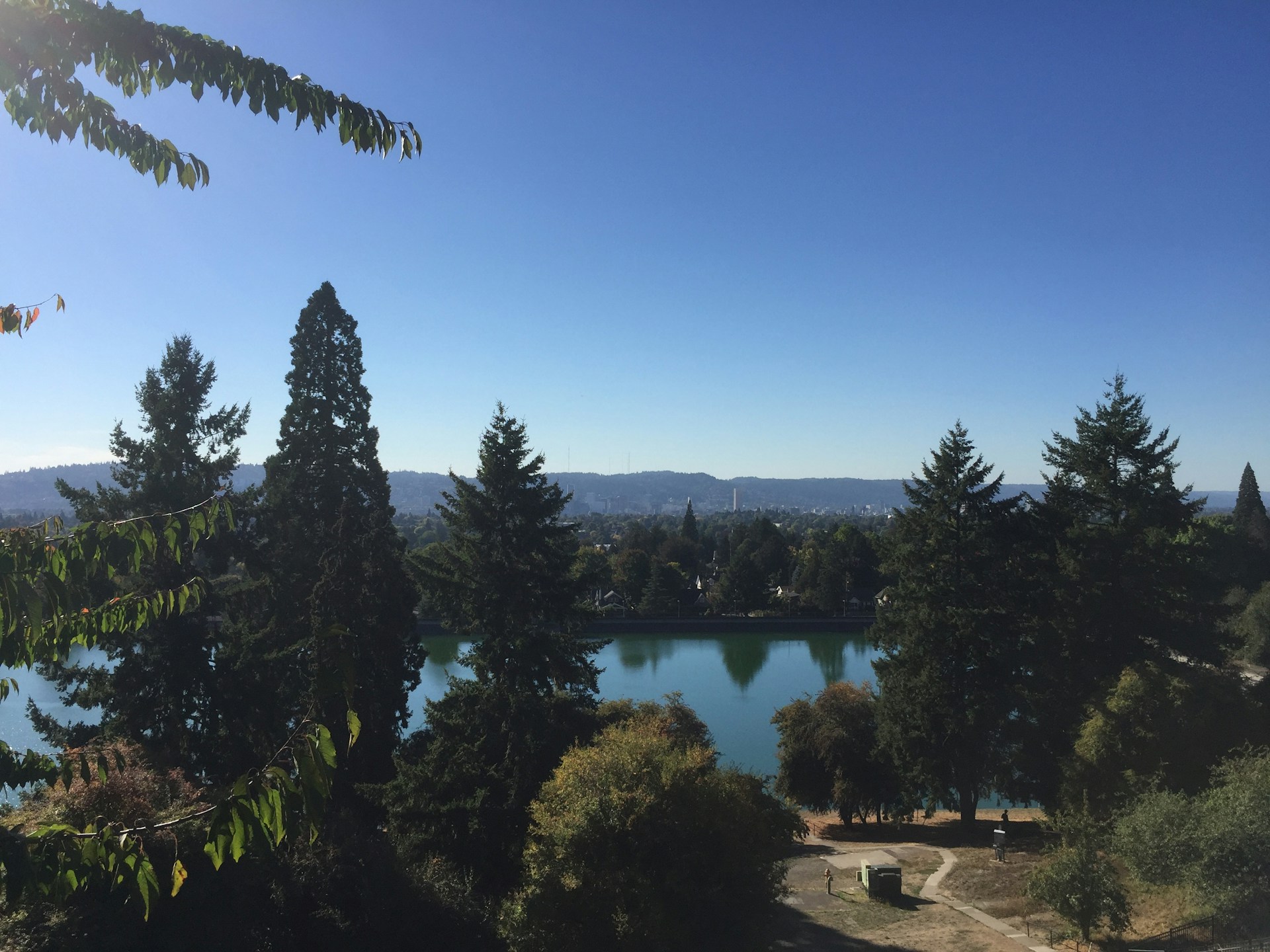
Portland still offers strong neighborhoods and parks, yet break ins and auto theft have challenged patience, especially around downtown and busy trailheads. Periods of protest, service shortages, and commercial churn left gaps that take time to heal. Many districts feel settled by day and delicate late at night. Small business corridors, volunteer cleanups, and neighborhood watch groups make visible gains. Secure bike storage, visible porch lighting, and occupied storefronts tilt outcomes toward normal. A few blocks can change the mood.
San Antonio, Texas
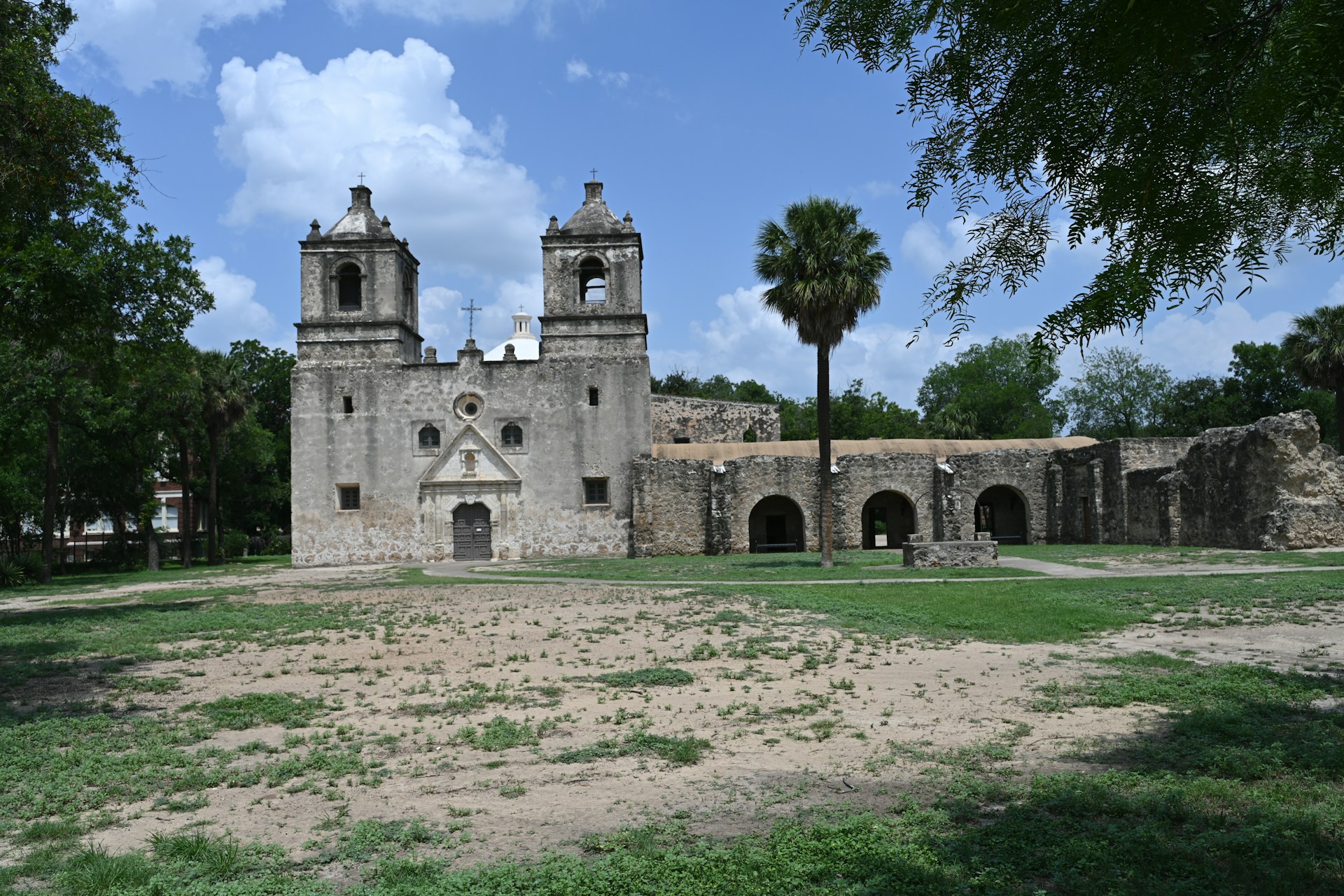
San Antonio reports moderate crime overall, with property offenses drawing steady complaints. Rapid growth pushes housing outward, stretching patrol patterns and street maintenance in new subdivisions. Legacy neighborhoods often feel orderly, supported by churches, schools, and deep roots. Trouble spots concentrate near highway interchanges and late night retail clusters. Strong park programming and street lighting help. Households weigh commute length, campus quality, and reliable city services as much as police presence when choosing where to settle.
St. Louis, Missouri
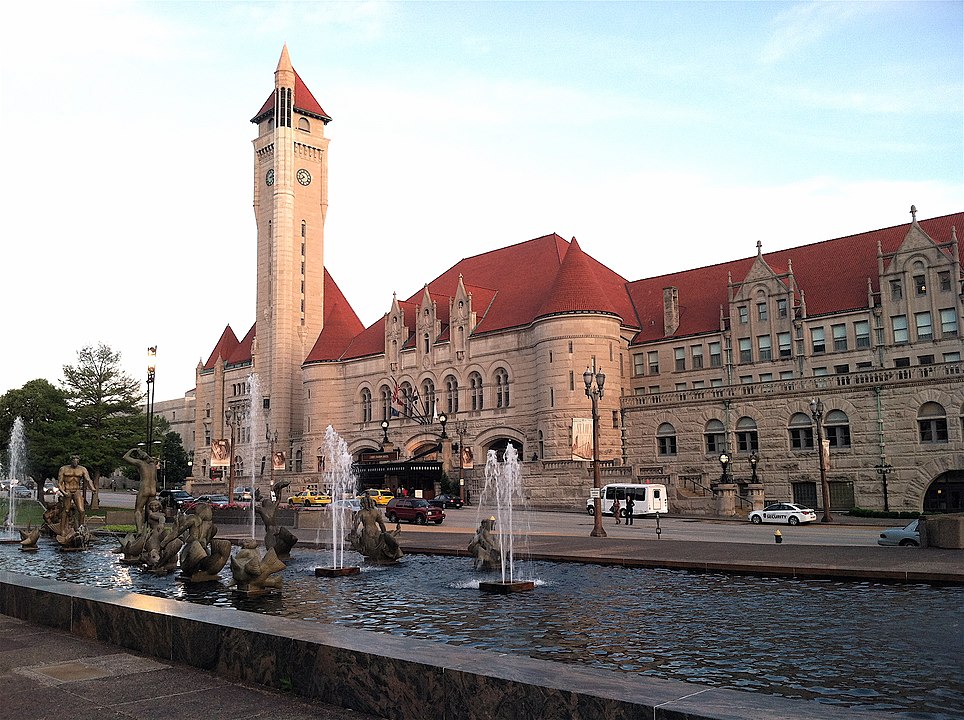
St. Louis appears often in national rankings for violent crime, yet block level variation is stark. Fragmented governance complicates consistency in prevention and response. Event nights swing downtown from lively to tense as crowds move to parking structures. Residents find stability through active neighborhood associations, well run apartment buildings, and schools that host families after hours. Clean alleys, working streetlights, and visible ownership matter. The safest choices tend to cluster near institutions that invest year round.
New Orleans, Louisiana
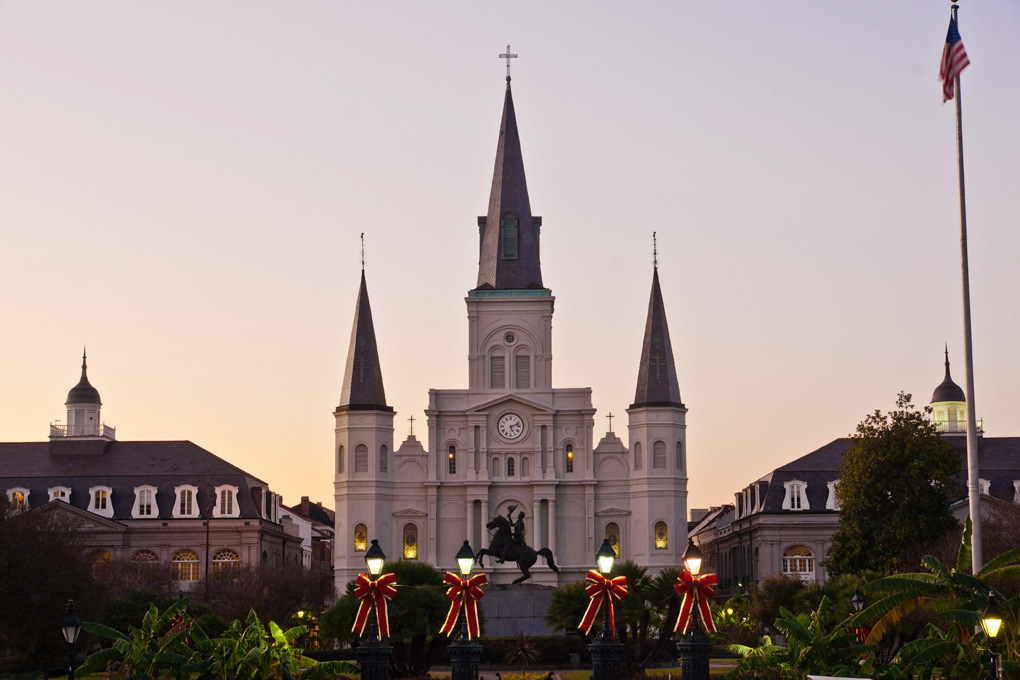
New Orleans balances unmatched culture with safety concerns that spike around festivals, tourism flows, and nightlife corridors. Robberies, car break ins, and occasional carjackings follow predictable patterns. Staffing, road conditions, and weather add variables. Many neighborhoods feel grounded by porches, long memories, and neighbors who look out for one another. Short trips, secure parking, and reliable lighting pay dividends. Living well often means syncing daily habits with the city’s rhythms rather than fighting them.
